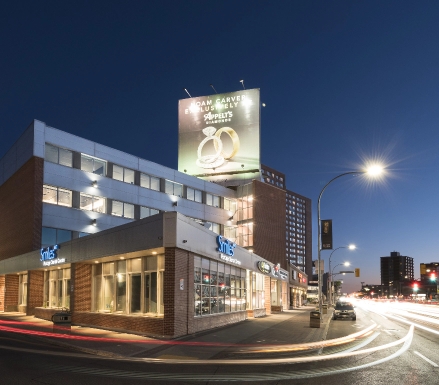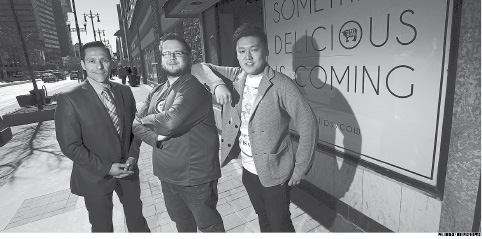Capital Commercial Real Estate Services Inc. (“Capital”) has expanded their footprint in Winnipeg with the strategic hire of Bryn Oliver as Principal. Bryn is a respected industry leader and joins Capital after a nearly a decade with a competing firm. Based in Winnipeg, Bryn joins the Capital Commercial investment services team of Trevor Clay and Luke Paulsen, along with a highly skilled brokerage services support team.
Bryn brings to Capital extensive experience in real estate brokerage services, notably in investment sales transactions. He is well-connected and has strong relationships with both local and national investors and tenants, private syndications, institutional investors and public REIT’s.
As established industry leaders, Bryn and Trevor look to grow their market share under the Capital Commercial banner.





